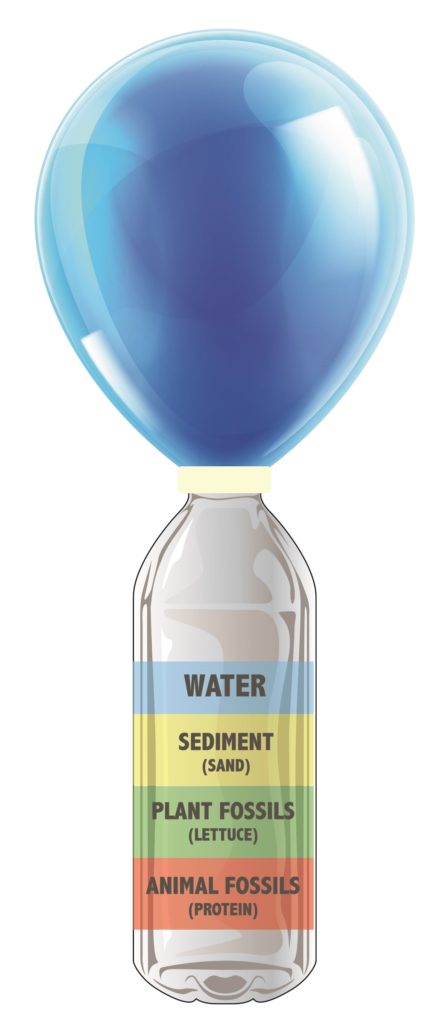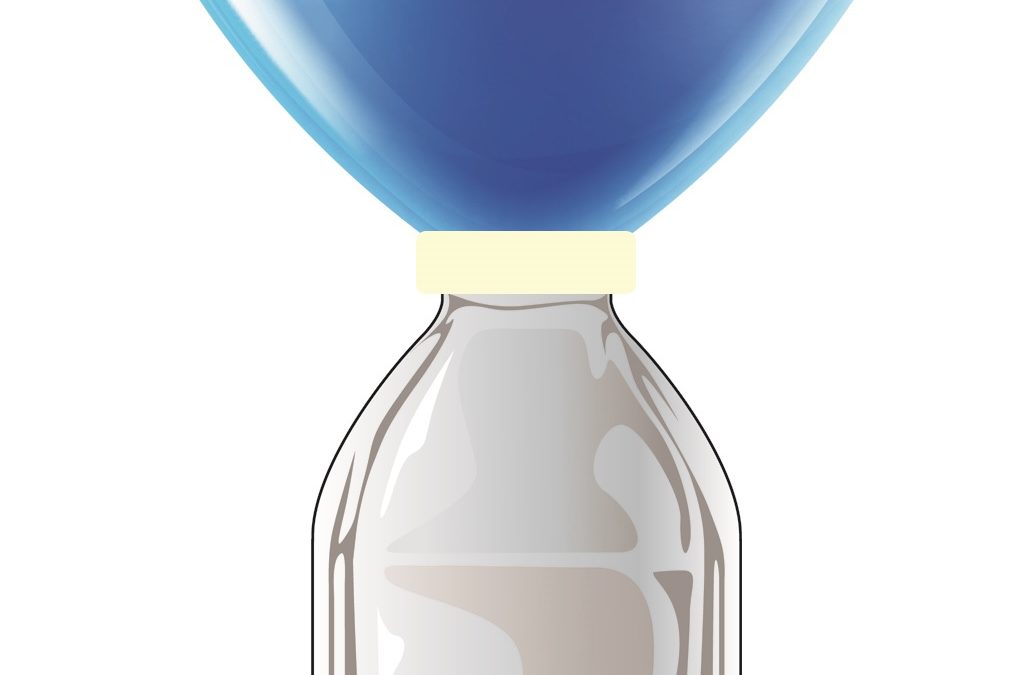
Have a curious kid or two at your house? Take advantage of warmer weather and spring plant growth to conduct a kid-friendly science experiment that explains how the natural gas used in your home is formed.
Natural gas is a fossil fuel. We call it a “nonrenewable” fuel because it takes millions of years to form deep in the earth before it can be used harvested and processed for use in our homes.
Fossil fuels consist mainly of dead plants and tiny sea creatures that died over 300 to 400 million years ago (even before the dinosaurs) and settled on the bottom of the oceans, which covered most of the earth. Layers of these dead sea plants, microorganisms, sand, mud and other debris built up over time. The enormous pressure and heat from the earth turned the organic matter into natural gas.
Natural gas is actually a mixture of many gases, including propane, butane, carbon dioxide, ethane, oxygen, nitrogen and hydrogen sulfide, but it is primarily made up of methane gas. Try this experiment to learn how gas is a product of decomposing organic materials.
Materials:
Two plastic soda bottles (2 liter size)
Sand
Soil
2 large balloons (equal in size)
Plant pieces (lettuce or collected from outdoors)
Procedure:
1. Cover the top of one empty bottle with a balloon. This container will be the “control” of the experiment.
2. Fill second bottle 1/3 with lettuce or plants torn into small pieces. Drop sand and soil on top of plant pieces to create a thin layer. Cover bottle top with balloon.
3. Place both bottles in a warm, sunny location for a week or more.
4. Observe as the bottle with organic matter fills the balloon with methane gas.
